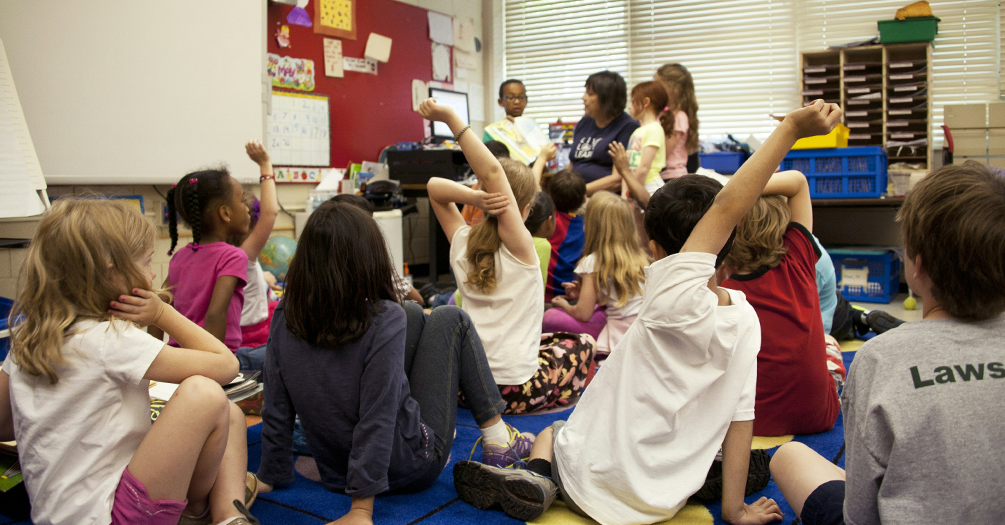Expanding public health messaging for firearm safety: A path forward

Ellie Falahee, Medical student at Michigan Medicine
with Alison Miller, Professor of Health Behavior & Health Equity
Firearm injuries are a major public health issue and the leading cause of death for children and teens in the United States, as a study from University of Michigan School of Public Health researchers have found. Discussing firearm safety during pediatric well-child visits has been a traditional approach, but not all parents are open to these conversations. In response, public health campaigns are exploring innovative strategies to promote firearm injury prevention, including in emergency departments, home visit programs, and community- and school-based campaigns.
While these initiatives show promise, many lack thorough evaluation and parental engagement. Future initiatives should diversify intervention settings, enhance training for professionals, and establish long-term metrics to assess impact. By integrating firearm safety into broader child injury prevention programs, we can better protect children from firearm-related harm.
Emergency department-based interventions
Several quality improvement initiatives have incorporated firearm safety screenings and counseling in pediatric emergency department (ED) settings. Interventions such as electronic health record prompts and scripted social work consultations have significantly increased firearm access documentation rates. For example, the implementation of a template in the electronic health record led to a 30% higher rate of firearm screening compared to before the study. Improvement was also seen in adding a templated phrase about firearm access to social work consults in the ED, increasing documentation of firearm access screening from 37.8% to 81.6%, and firearm storage documentation rose from 50% to 78%.
Home visiting programs and safe storage messaging
Evidence-Based Home Visiting (EBHV) programs present another valuable opportunity for firearm safety education. These programs reach nearly 300,000 families annually, often families who are at higher risk of child welfare and maltreatment concerns. Although a survey indicated 74.6% of EBHV providers assess firearm availability, only 33.3% of providers felt adequately trained to discuss safety. This underlines the need for standardized training and messaging to empower home-based providers.
Community-based campaigns
Community initiatives like End Family Fire, Moms Demand Action, and Everytown offer alternatives to clinical settings for firearm safety education. Data from End Family Fire demonstrated that 31% of respondents aware of the safety campaign had sought out information about safe firearm storage in the past 12 months, compared to 7% of those not aware with the campaign. Additionally, Everytown offers a free statistics tool a to break down gun injuries and deaths, as well as economic cost in different communities across the US, though the efficacy of this approach has not been widely studied. Reaching wider than the walls of a pediatrician’s clinic, community-wide initiatives and mass media campaigns offer promising alternatives to firearm injury prevention conversation.
School-based and child-focused firearm safety messaging
Schools represent a pivotal touchpoint for families, yet data on school-based firearm safety interventions is limited. The Safety Town model, which includes safety discussions in early childhood education, is a promising avenue. While efforts in 2024 have introduced firearm injury prevention conversation in addition to the other injury prevention education categories, this is an area that needs to be further explored. The Supporting All Families through Education and Responsible Management and Storage (SAFE ARMS) study seeks to utilize this child-focused approach as a method to engage parents around this topic. Led by University of Michigan researchers, this project aims to understand parent perspectives to create interventions to which they are more likely to respond.
A path forward
While strides have been made, significant gaps remain. There are limited parent-facing interventions outside of healthcare settings, and University of Michigan researchers are seeking to learn more about parents’ perspectives. Most firearm safety messaging efforts focus on clinical settings, yet alternative spaces such as schools, daycare centers, and community organizations remain underutilized. A 2025 grant awarded to the University of Michigan will focus on evaluating the effectiveness of school-based firearm campaigns. There is also an opportunity for integration with broader injury prevention programs, like Head Start and home visiting services, that offer existing infrastructures that could incorporate firearm safety discussions.
About the author
 Ellie Falahee (she/her) is a second year medical student at the University of Michigan
with interests in Emergency Medicine and Pediatrics. Her research focus involves reducing
morbidity and mortality for children through interactive and fun education interventions.
Specifically, she works with Pop-Up Safety Town to develop injury prevention curriculum for under-resourced school districts, and
the Child Health and Development Lab to study how firearm safety interventions can be more effective. Outside of research,
she is the co-leader of the University of Michigan’s Scrubs Addressing the Firearm Epidemic (SAFE) chapter and serves on the leadership team of the University of Michigan’s wilderness orientation program for incoming medical students and resident physicians.
Ellie Falahee (she/her) is a second year medical student at the University of Michigan
with interests in Emergency Medicine and Pediatrics. Her research focus involves reducing
morbidity and mortality for children through interactive and fun education interventions.
Specifically, she works with Pop-Up Safety Town to develop injury prevention curriculum for under-resourced school districts, and
the Child Health and Development Lab to study how firearm safety interventions can be more effective. Outside of research,
she is the co-leader of the University of Michigan’s Scrubs Addressing the Firearm Epidemic (SAFE) chapter and serves on the leadership team of the University of Michigan’s wilderness orientation program for incoming medical students and resident physicians.
